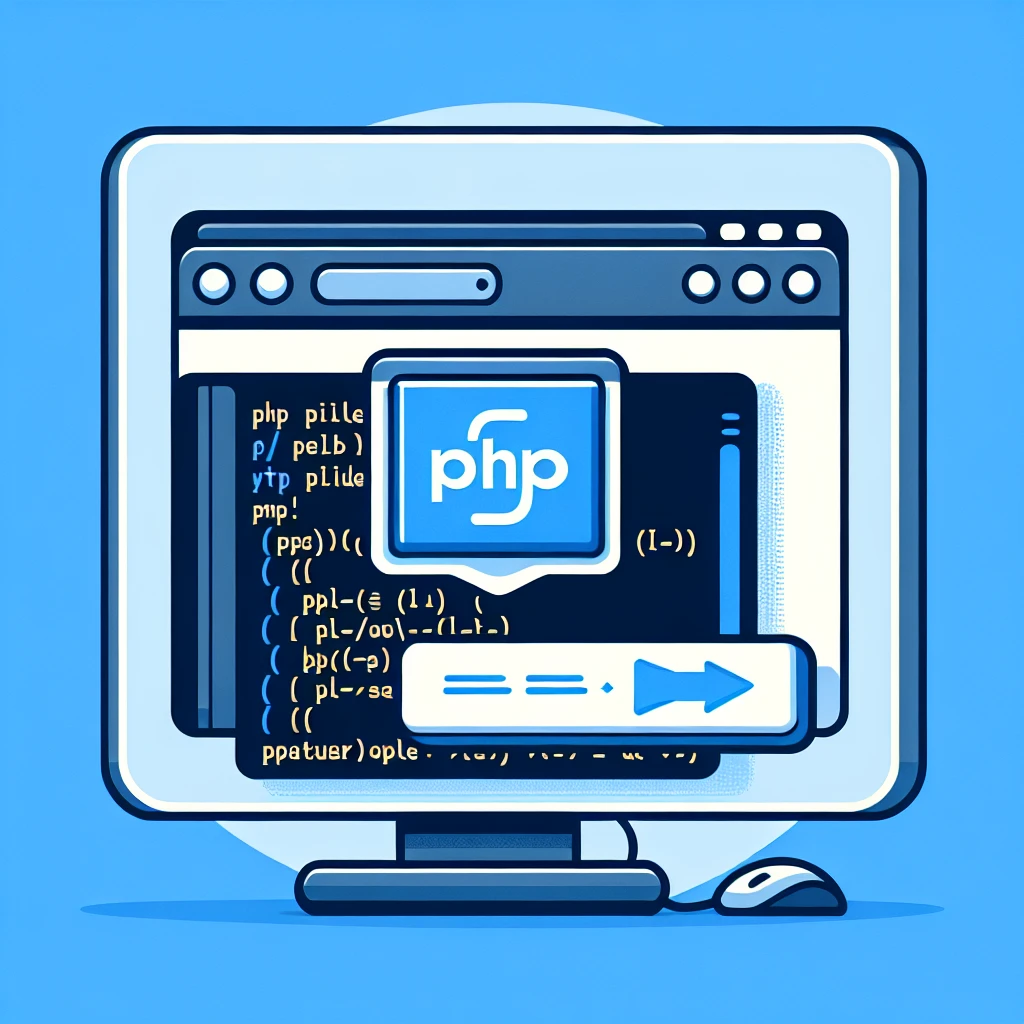Running a PHP file in a browser is essential for web developers to test and execute their PHP code. PHP (Hypertext Preprocessor) is a popular server-side scripting language used in web development. This article will guide you through the steps required to run a PHP file locally and on a web server. It also covers common issues and troubleshooting tips.
Setting Up the Environment
Before you can run a PHP file, you need to have a server environment that supports PHP. There are several options for setting this up locally on your computer:
- XAMPP: A free and open-source cross-platform web server suite.
- WampServer: A Windows web development environment.
- MAMP: A free, local server environment for macOS users, offering more flexibility.
Below is a comparison table of these popular local server solutions:
| Local Server | Operating System | Cost | Ease of Use |
|---|---|---|---|
| XAMPP | Windows, Linux, macOS | Free | High |
| WampServer | Windows | Free | Medium |
| MAMP | macOS | Free (Pro version available) | High |
Installing a Local Server
Installing XAMPP
Follow these steps to install XAMPP:
- Download the XAMPP installer from the official website.
- Run the installer and follow the on-screen instructions.
- Once installed, open the XAMPP control panel and start the Apache server.
Installing WampServer
To install WampServer:
- Download WampServer from its official website.
- Run the installer and follow the instructions.
- Open the WampServer control panel and start the services (Apache and MySQL).
Installing MAMP
For macOS users, install MAMP by:
- Downloading the MAMP package from the official website.
- Running the installer and following the on-screen instructions.
- Start the MAMP servers from the MAMP control panel.
Running a PHP File Locally
After setting up your server environment, follow these steps:
- Create a PHP file with the .php extension (e.g., test.php).
- Write your PHP code inside the file. For example:
<?php
echo "Hello, World!";
?>- Place the PHP file inside your server’s root directory:
- XAMPP: C:/xampp/htdocs/
- WampServer: C:/wamp/www/
- MAMP: /Applications/MAMP/htdocs/
- Open your web browser and enter the address http://localhost/test.php to see the output of your PHP file.
Running PHP File on a Web Server
If you want to run your PHP file on a live web server, follow these steps:
- Ensure your hosting provider supports PHP.
- Upload your PHP file to the server using FTP or a file manager.
- Navigate to the uploaded file in your browser (e.g., http://yourdomain.com/test.php).
Troubleshooting Common Issues
Error Messages
If you encounter any errors, check the following:
- Make sure PHP is properly installed and configured.
- Ensure there are no syntax errors in your PHP file.
- Check server logs for specific error messages.
Blank Pages
If your browser displays a blank page, it might be due to:
- Errors being suppressed: Enable error reporting in your PHP file using
ini_set('display_errors', 1);anderror_reporting(E_ALL);. - Incorrect file paths or directory permissions.
Common Problems with Local Servers
Check the following solutions:
- Apache not starting: Ensure other software (like Skype) is not using port 80.
- MySQL database issues: Verify database settings and ensure the MySQL service is running.
Conclusion
Running a PHP file in a browser is straightforward with the right setup. Whether you’re working locally or on a live server, the steps above will help you execute PHP code efficiently. For additional support, always refer to official documentation or community forums.



